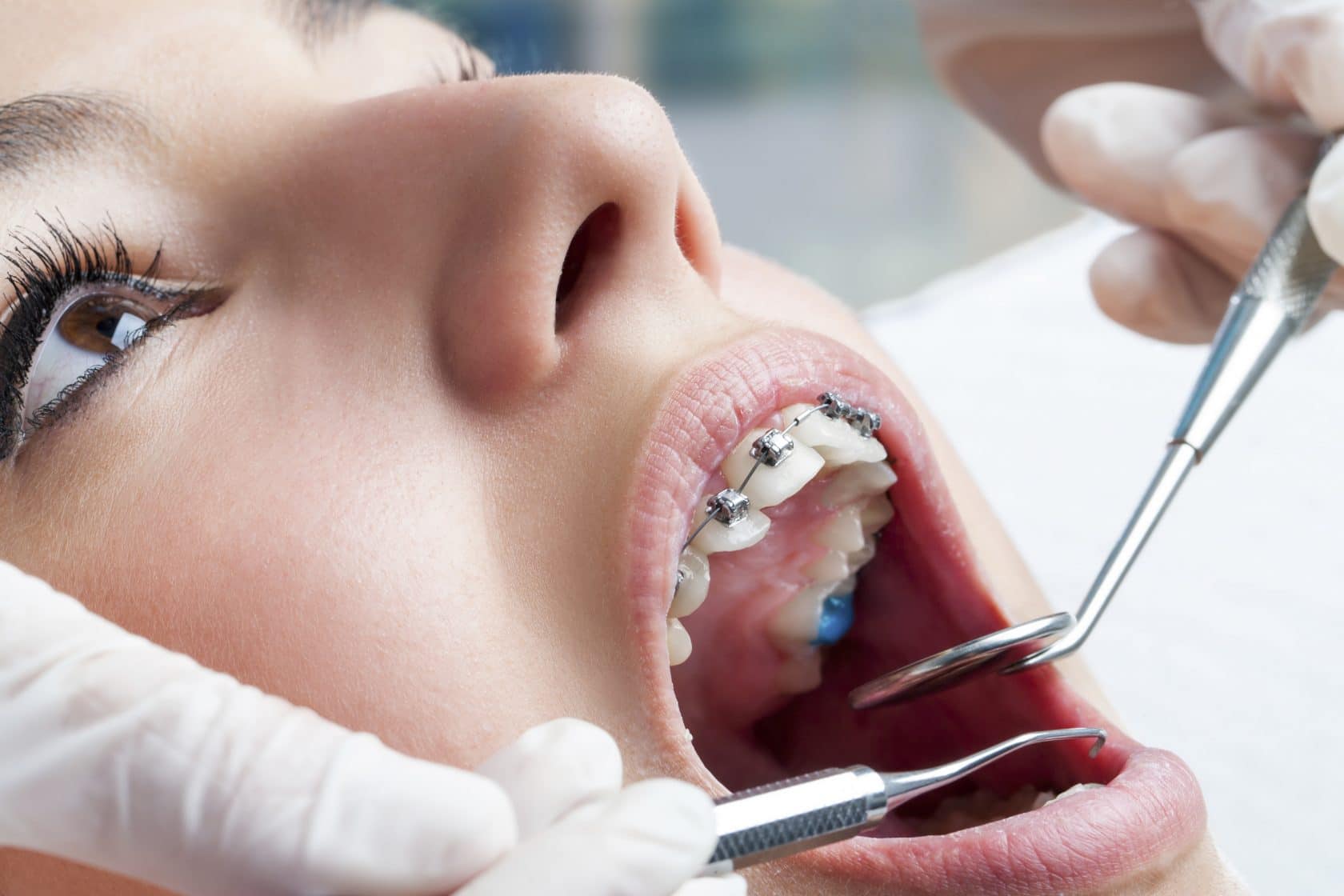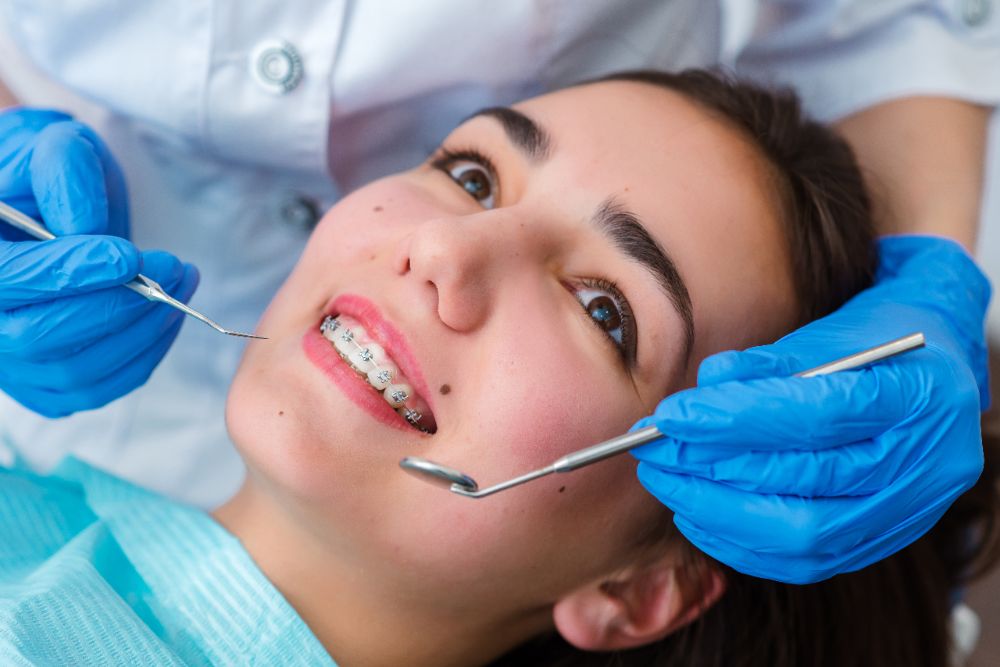How Cumming Orthodontics Addresses Common Braces and Invisalign Concerns
How Cumming Orthodontics Addresses Common Braces and Invisalign Concerns
Blog Article
Comprehensive Overview to Orthodontics Procedures for Remedying Oral Misalignments
Comprehending the ins and outs of each treatment, including their systems, benefits, and potential drawbacks, is crucial in making informed decisions about one's orthodontic therapy. As we browse with the detailed guide to orthodontic procedures for dealing with oral imbalances, the complex details of each technique will certainly unfold, shedding light on the course toward a practical and harmonious dental placement.
Orthodontic Procedures Introduction

Along with typical dental braces and clear aligners, orthodontists may additionally suggest various other interventions like headwear, palatal expanders, or retainers to attend to particular placement problems (braces). These procedures are customized per client's one-of-a-kind needs and might entail a combination of therapies to achieve the preferred outcomes. Routine changes and monitoring are critical components of orthodontic therapy to make sure progress gets on track and to make any type of required alterations in the process. By going through orthodontic procedures, individuals can not only attain a straighter smile however likewise boost their overall oral health and wellness and function.
Conventional Braces: How They Work
When considering orthodontic therapies for oral misalignments, traditional dental braces stick out as a tried and true method for dealing with teeth placing. Traditional dental braces contain brackets, cables, and bands that interact to use continuous stress on the teeth, slowly relocating them right into the desired placement. The brackets are attached to the teeth making use of a special adhesive, and the cords are threaded with the brackets. By readjusting the tension of the wires, orthodontists can regulate the direction and pressure related to each tooth, assisting them into correct alignment over time.
As pressure is applied to the teeth via the dental braces, the bone bordering the teeth is reshaped to sustain the new tooth settings. Patients will need regular adjustments at the orthodontist's workplace to ensure the braces continue to use the right stress for efficient teeth activity.
Undetectable Aligners: Pros and Cons
These clear, tailor-made trays are essentially unnoticeable when worn, making them an enticing option for individuals looking for a much more cosmetically pleasing orthodontic therapy. Clients can get rid of the aligners before consuming or brushing their teeth, reducing the danger of food getting stuck in the device and simplifying the cleansing process.

Surgical Orthodontic Options
Surgical treatments dental implant systems in orthodontics existing practical choices for resolving intricate oral imbalances that might not be properly resolved through conventional orthodontic treatments. While unnoticeable aligners and conventional braces can fix lots of orthodontic issues, specific situations require surgical treatment to accomplish ideal results. Surgical orthodontic options are usually suggested for severe malocclusions, significant jaw discrepancies, and instances where the underlying bone framework requires adjustment to achieve proper placement.
One usual surgical orthodontic procedure is orthognathic surgical procedure, which includes repositioning the jaws to correct useful problems such as difficulty speaking or eating. This surgery is frequently performed in partnership with an orthodontist who aids line up the teeth before and after the treatment. Surgical orthodontics might likewise involve treatments to subject influenced teeth, eliminate excess gum tissue, or improve the jawbone to develop a much more unified facial account.
Before considering medical orthodontic options, individuals go through an extensive examination to establish the requirement and possible advantages of such treatments. orthodontist. While surgical treatment may appear difficult, it can significantly enhance both the feature and looks of the smile in instances where conventional orthodontic treatments drop short
Retainers and Post-Treatment Care

Failure to conform with post-treatment care directions can result in relapse, where the teeth slowly move back towards their original placements. Regular retainer wear, ppo dentist near me excellent dental health, and normal oral examinations are crucial for keeping the outcomes attained through orthodontic surgery and making certain the long-lasting stability of the corrected oral placement.
Verdict
In verdict, orthodontic procedures supply different alternatives for remedying dental misalignments. Surgical orthodontic options are offered for much more extreme misalignments. On the whole, orthodontic procedures can successfully improve oral wellness and aesthetic appearance.
As we navigate through the detailed guide to orthodontic treatments for dealing with oral misalignments, the detailed details of each technique will unfold, shedding light on the path towards a functional and unified oral alignment. - orthodontist
One of the most typical orthodontic therapies is the use of braces, which are composed of steel brackets and wires that apply mild you can check here stress to slowly change teeth right into the desired setting.When taking into consideration orthodontic therapies for oral misalignments, conventional dental braces stand out as a tried and true technique for dealing with teeth positioning. Additionally, undetectable aligners might not be ideal for complex orthodontic issues that require more substantial teeth movement, as they are usually advised for light to modest instances. Retainers are custom-made orthodontic devices designed to hold teeth in their dealt with placements after the conclusion of orthodontic therapy.
Report this page